Asteroid Coming For Earth And It’s NASA’s Fault
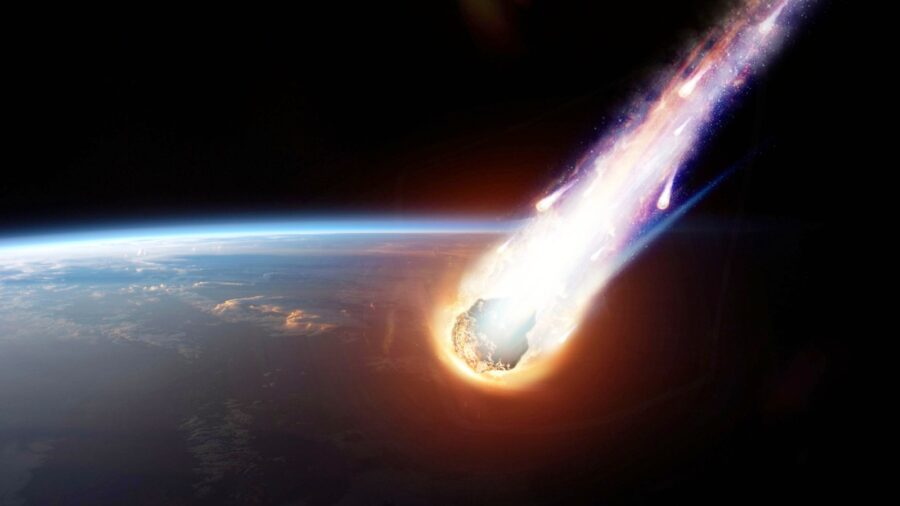
If the massive craters that litter the Earth are any indication of what is to come, our planet is the final stop for countless projectiles that have been soaring around the galaxy for millions of years. While most of the ones that have entered the Earth’s atmosphere have had minimal impact, the handful that have had catastrophic consequences have been enough to generate concern for some scientists. What separates one particular asteroid that seems to be on course for the Earth from the rest is that its possible impact is due to NASA’s DART program creating the debris that’s heading our way.
NASA DART
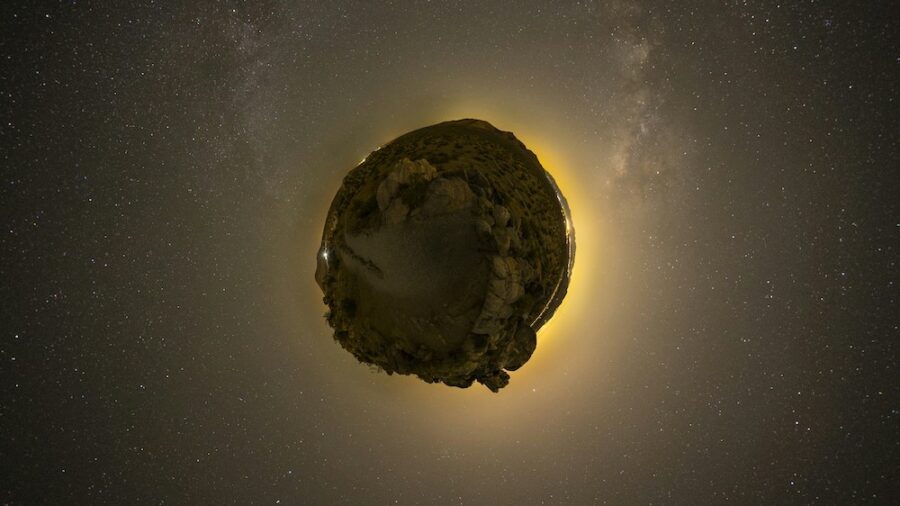
Known as the Double Asteroid Reduction Test, NASA’s DART showed the world just how much a collision with a spacecraft could alter the trajectory of an asteroid. In September 2022, DART was performed on a nearby asteroid named Dimorphos, resulting in a great deal of debris breaking off of the body and moving in multiple directions.
The rocky material seems to be on a collision course with the Earth and might make contact within the next decade.
Not Much To Worry About
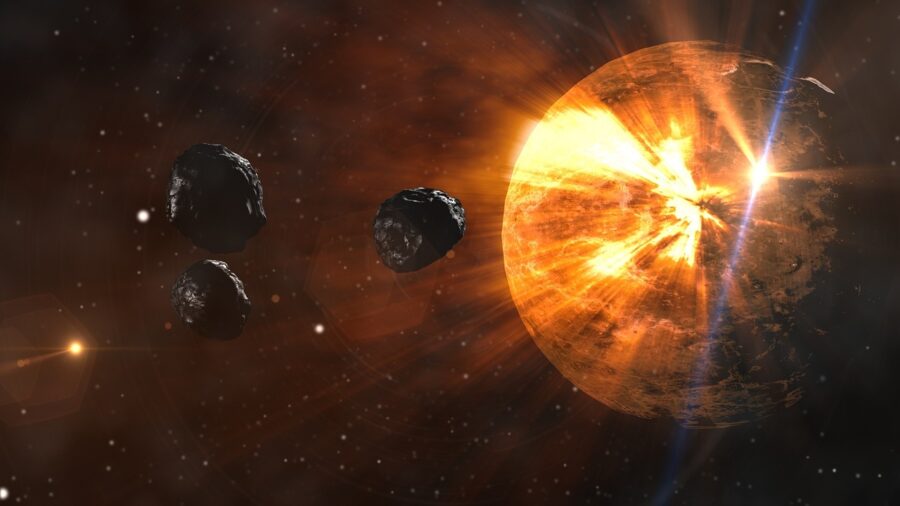
But scientists insist that the NASA DART incident isn’t much to worry about. In a recently published paper in the Planetary Science Journal, the rocky particles aren’t enough to make much of an impact.
And that’s provided that they don’t burn up in the Earth’s atmosphere en route to the ground. Instead of stoking fear, scientists are pointing out the relevance of their recent attack on an asteroid and want to continue to focus on how it can be used to avert a disaster in the future.
Dimorphos
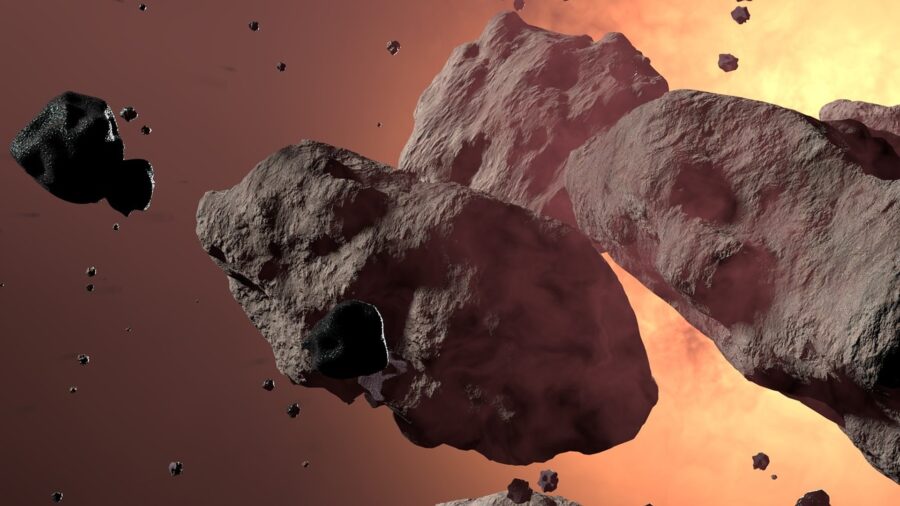
The NASA DART collision with Dimorphos wasn’t intended to throw off a deadly asteroid strike. This particular asteroid posed no harm to the Earth whatsoever.
But with the number of larger bodies that will eventually be pulled into the planet’s atmosphere, scientists have long been theorizing methods that could be used to either throw an asteroid off its course or destroy it altogether.
LICIACube
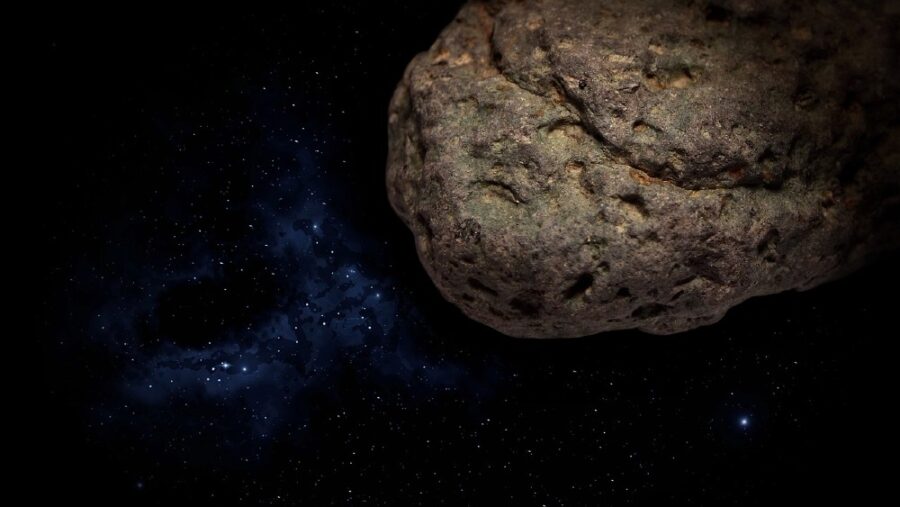
What NASA’s DART mission was able to accomplish was proving that a spacecraft with a high velocity will produce enough force to alter an asteroid’s trajectory.
Of course, any collision will produce debris upon impact. To calculate how much rocky matter was created from the impact, scientists with the Light Italian CubeSat for Imaging Asteroids (LICIACube) weighed in with some of their test results.
Particles
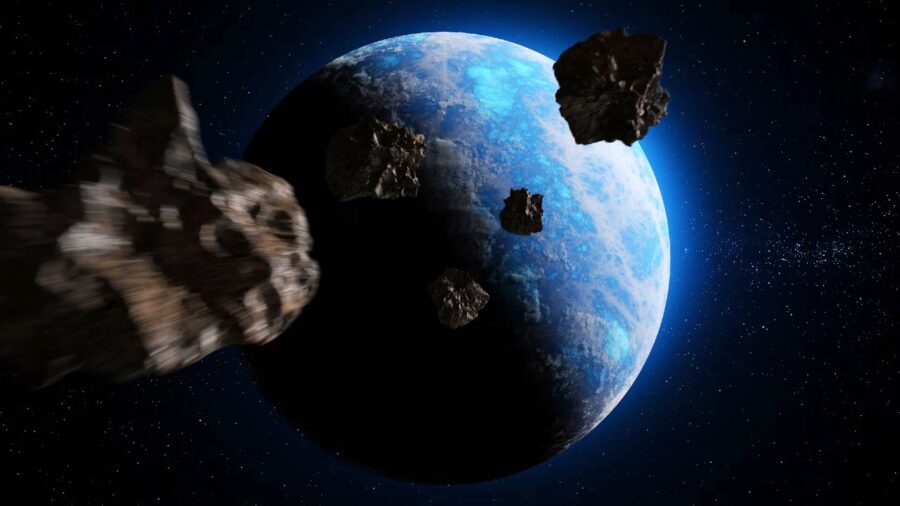
LICIACube had observed the NASA DART collision with Dimorphos and used the data it collected to feed into the supercomputers that NASA’s Navigation and Ancillary Information Facility (NAIF) possesses.
This information was processed to show (in a simulation) how much debris from Dimorphos was produced and scattered into space. According to the simulation, an estimated three million particles of rocky material were created.
Some of the particles are large enough to be considered meteors and can be observed from the Earth with high powered telescopes. These “space boulders” numbered more than three dozen, some of which are expected to travel on a path to Mars.
Source: arXiv












Login with Google